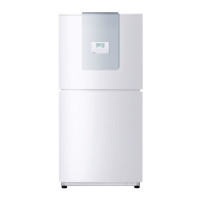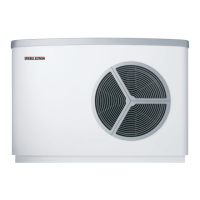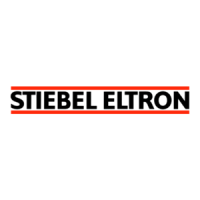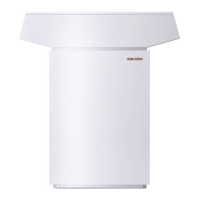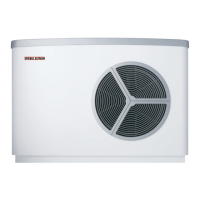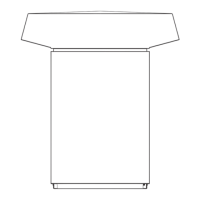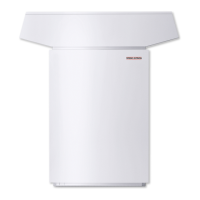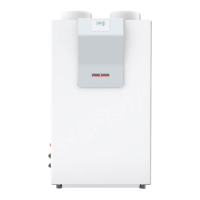11
200
+20
1 Condensate drain hose optionally on the r.h. or l.h. front
2 Connection heating flow
3 Connection heating return
4 Cable entries for connecting cables
5 Control panel with strain reliefs for connecting cables
6 Safety equipment
7 Flow DHW cylinder
1
5
4
6
3
2
Fig. 11
26_03_01_0307
7
3.6 Buffer cylinder
3.6.1 Installation with a buffer cylinder
A buffer cylinder is recommended to ensure a
trouble-free heat pump operation. The buffer
cylinder (cylinder SBP) is not only installed
as hydraulic separator for volume flow in the
heat pump circuit and the heating circuit, but
primarily as energy source for defrosting the
evaporator.
If a buffer cylinder is utilised, the link between
terminal X4/5 (pump) and X4/8(HCP) remove
during WPL ... IK and IKS commissioning. Re-
move the return sensor connected to terminals
X2/2(B2) and X2/3(B2) from the sleeve in the
heat pump return and insert it into the buffer
cylinder sensor well.
3.6.2 Installation without a buffer cylinder
When using no buffer cylinder, set
the parameter 10 (B-PUMP CONST)
to ON.
Minimum volume flow
Stiebel Eltron recommends that one or several
heating circuits in the heating system are
left open. The open heating circuit(s) should
be installed in the lead room (living room or
bathroom). The single room control can then
be achieved with the help of the
FE 7 remote control. The remaining rooms can
then be equipped with zone or thermostatic
valves. As an alternative, an overflow valve can
be set into the last heating circuit distributor.
In any case ensure a minimum volume flow of
0.4 m³/h.
Overflow valve adjustment:
Make the adjustment in accordance with the
following table:
Pump head Required residual
head at the
overflow valve*
6 m 4.5 m
7 m 5.5 m
8 m 6 m
*relative to commercially available Wilo and
Grundfos pumps
Flow sensor connection
When using the WPL....A and the WPL.... I,
connect the flow sensor B1, which is an
integral part of the heat pump, to the WPM II.
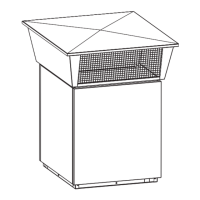
